It didn’t take long for Kim Delo to realize his third heart surgery differed from the others.
The first two were open heart surgeries—one at age 5 to correct a heart murmur from a congenital abnormal aortic valve, the other in 2009, to replace that valve.
The third, in September 2020, doctors performed without even opening his chest.
They used an innovative, minimally invasive procedure called Transcatheter Aortic Valve Replacement, or TAVR for short. This time, doctors placed the new valve through a catheter inserted in an artery near the groin.
“I woke up from surgery and felt wonderful instantly,” Delo, 65, said. “I went home the next day. I had been there for 17 days, and as soon as they got done, I woke up and I said, ‘I feel great.’ I had no pain afterwards at all. It was incredible. I was blown right away.”
Doctors at the Spectrum Health Fred and Lena Meijer Heart Center perform about 300 TAVR procedures a year. About 30 of those are like Delo’s surgery—called valve-in-valve procedures because they are replacing the valve for a second time.
William Merhi, DO, an interventional cardiologist, and John Heiser, MD, FACS, a cardiothoracic surgeon, worked as a team on Delo.
He came to them in the extreme risk category. Something needed to be done fast.
“He was extremely sick,” Dr. Heiser said.
Out of breath
For about a year, Delo noticed he’d get short of breath easily. As a lifelong heart patient, he knows not to push himself too hard when working around his wooded lakeside property near Cadillac, Michigan.
“I know when I need to take a break,” he said. “But I used to be able to run a whole tank of gas out of a chainsaw. And now, I would run it for little while and I’d be so out of breath that I’d be done.”
Memorial Day weekend 2020 he could hardly sleep at night because when he laid down, he couldn’t breathe.
He slept in a chair with a continuous positive airway pressure machine until he could get to the cardiologist early the next week.
Turns out, his aortic valve leaked so badly he began to experience congestive heart failure. The doctor sent him straight to the emergency room.
A few days after being admitted to the hospital, doctors transferred him to Spectrum Health Butterworth Hospital, where he came under the care of Dr. Merhi and Dr. Heiser.
The Spectrum Health team of cardiologists and cardiothoracic surgeons came together to discuss Delo’s complex case, ultimately determining he would be a good candidate for the valve-in-valve TAVR procedure.
Before he could undergo surgery, doctors treated Delo for two weeks for what they thought might be an infection in the old valve. It turned out to be calcium buildup and a slight tear in the pig valve.
“When the decision was made, it was relatively easy because it was something we had experience with,” Dr. Heiser said.
For TAVR, they thread a catheter through an artery until they reach the heart. Once there, they replaced Delo’s existing damaged pig valve with the new valve. The TAVR valve actually goes inside the abnormal valve, which stays there as well, Dr. Heiser explained.
No opening his chest, like Delo had been through twice before.
“From the heart’s perspective, it’s getting a new valve,” Dr. Heiser said. “The heart is happy no matter how you get the valve in.”
A new man
Delo remembers the recuperation from his open heart surgery in 2009.
“It took a good three months for my chest to heal so I could sleep comfortably on my side,” he said. “I had to build my stamina back up. When I got home from the hospital, it took all my energy to walk from the chair in my living room to the bathroom 25 feet away. I would get back to my chair and be out of breath. Then it took a couple more weeks before I could walk out to the barn and back.”
This new procedure proved completely different.
He felt like a new man the moment he woke up after the TAVR procedure. He went home from the hospital just a day later.
He knows that, without it, things could have gone very different.
“I would still be recovering, let’s put it that way. And that’s if I made it through everything,” Delo said.
Less than a year later, Delo, a retired landscaper, is enjoying working around his property, as well as his hobby of mushroom hunting in the woods.
“Last year in the spring when we went mushroom hunting, I would get seriously out of breath walking up any hill and would need to take a break,” he said.
That’s improved now, so much so that one weekend he spent five hours on Saturday and then again on Sunday marching through the woods looking for mushrooms.
He also sticks to his low-sodium diet.
For Dr. Heiser, hearing that TAVR patients are out living active lives is the best news.
“My hope is that he won’t need anything else for the rest of his life,” Dr. Heiser said.
In fact, it’s 80% to 90% likely that this valve will last him for the rest of his life, he said.
“I think this has truly revolutionized aortic valve replacement,” Dr. Heiser said.
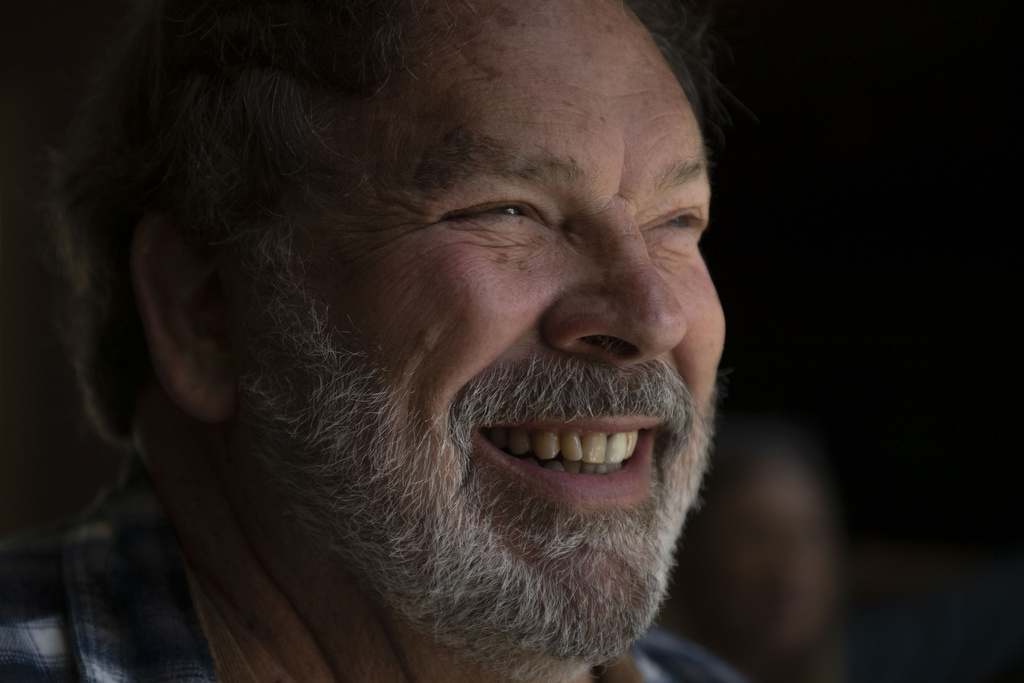
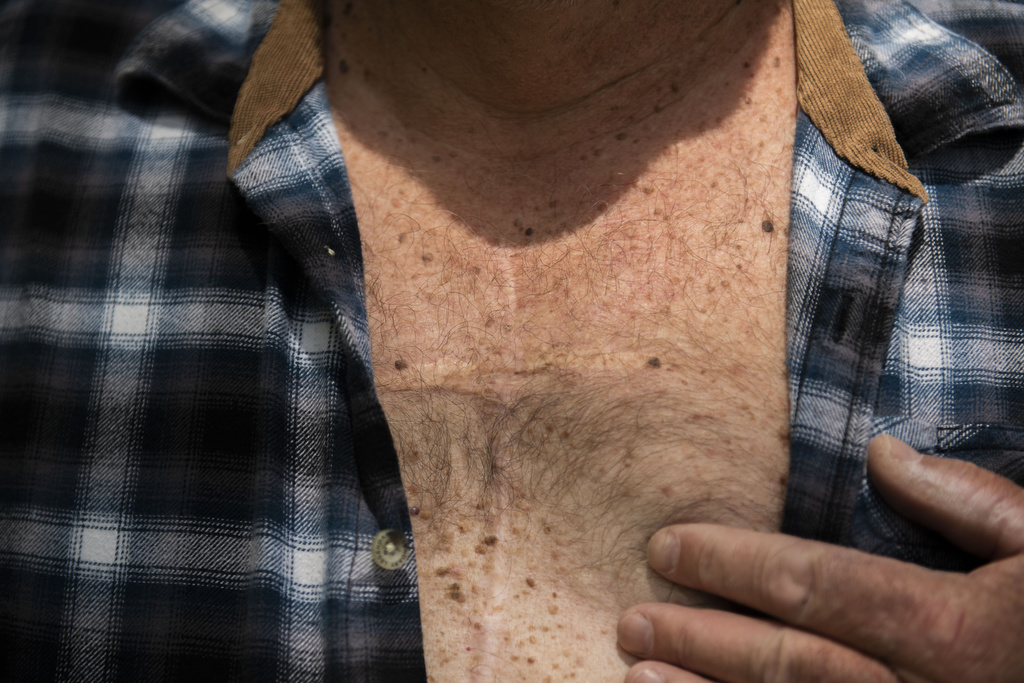
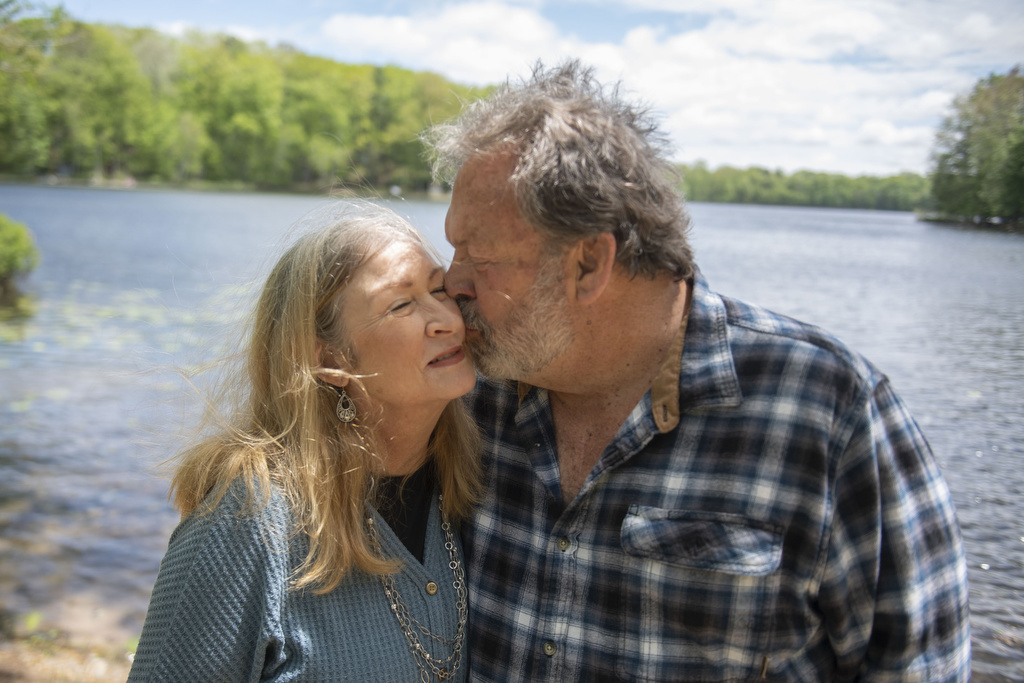
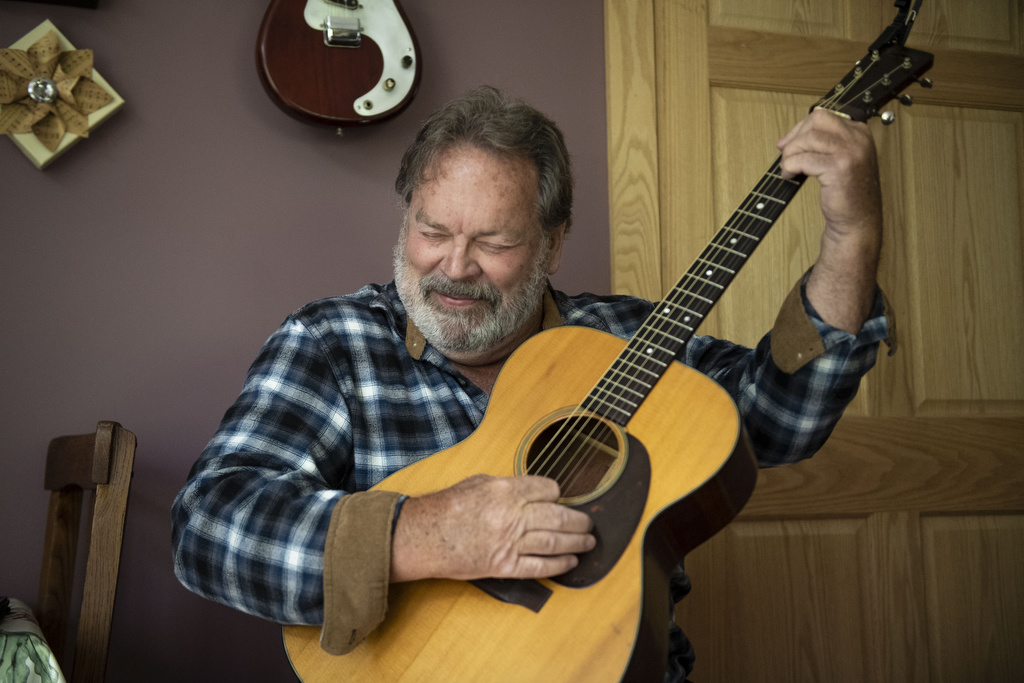
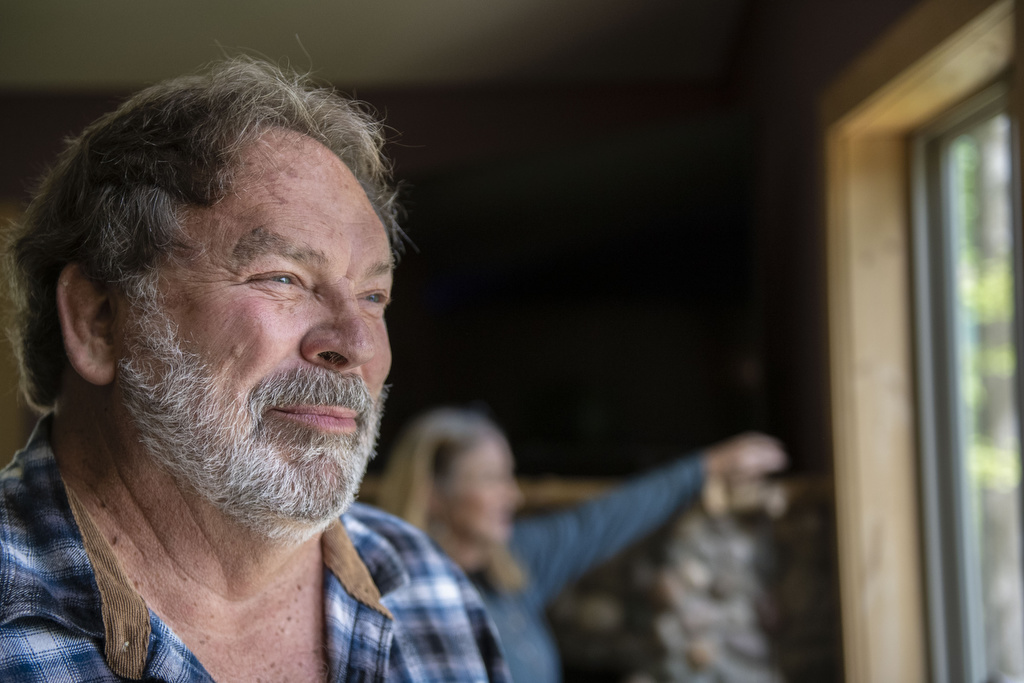


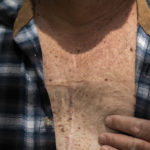
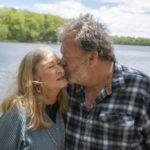
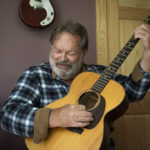

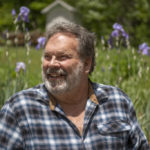
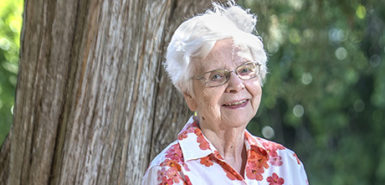 /a>
/a>
 /a>
/a>
 /a>
/a>
Wow. What a great miracle. i’m glad that it went so well. Thank God.